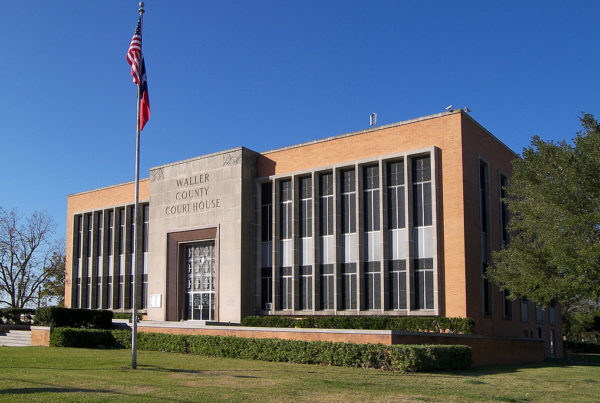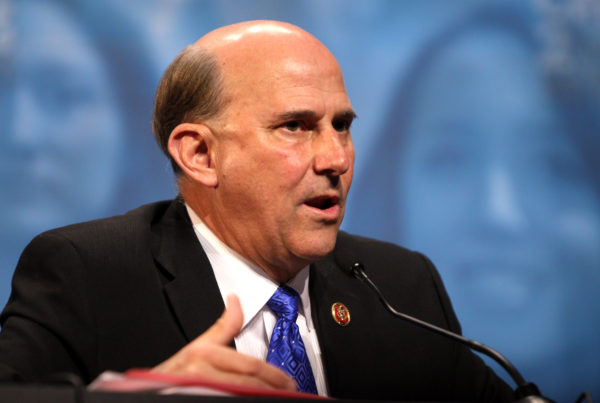From Texas Standard:
Wednesday marks the 50th anniversary of Earth Day. When it was first celebrated in 1970, more than 20 million people took to the streets and that action spurred the passage of environmental laws and regulations that are still in effect today. Large gatherings aren’t possible this year because of COVID-19, but some groups are finding other ways to celebrate.
It’s also a time to reflect on the environmental movement’s influence over 50 years.
Texas Standard host David Brown spoke with two Texas-based environmental experts Wednesday, who said this anniversary is a cue for Texas to look more closely at the extent to which its economy relies on industries and practices that hurt the environment. They argued that environmental distress can lead to future crises.
Katharine Hayhoe is director of the Climate Center at Texas Tech University. She said that in 1970, the impetus for the original Earth Day was pollution.
“The rivers that were choked with pollution, even lighting on fire,” for example, she said. “The skies that were yellow and orange.”
Since then, the kind of pollution that’s visible has reduced by a lot. But she warned that invisible pollutants – gases in the air caused by the burning of fossil fuels – are present in much greater amounts than before, and they cause global warming and lead to climate change. They’re “silent killers” that kill millions of people every year, and the only fix is to move toward the use of clean energy.
There are signs such a move could be possible in Texas. Oil prices went negative earlier this week, and Hayhoe said many jobs in the oil and gas industry will be lost because of that. But it’s a “turning point” – an opportunity for the state to shift toward wind and solar energy production, which is something it’s already good at.
“There are other ways to get energy,” she said, “and we here in Texas are leaders in it.”
Texas is already a leading producer of solar- and wind-generated power; almost 20% of energy on the state grid comes from wind, Hayhoe said. And she believes growing the renewable energy sector could help protect the state’s economy from future crises.
“Although we don’t know when they’ll come, we don’t know what they’ll look like, we do know that they will come,” she said.
Jennifer Walker, deputy director for Texas water programs at the National Wildlife Federation, agreed with Hayhoe, saying Texas needs to be more forward thinking when it comes to its economy and the environment.
“We can’t plan and act as if we’re separate from the environment,” she said.
Her concern is that a shortage of funds caused by the pandemic will lead to cuts in environmental programs. But it’s those very programs that can help protect Texas from future environmental and economic crises.
“These types of decisions are short-term cuts, and we’re concerned that it undermines forward-looking programs,” Walker said.
Web story by Caroline Covington.
If you found the reporting above valuable, please consider making a donation to support it here. Your gift helps pay for everything you find on texasstandard.org and KUT.org. Thanks for donating today.














